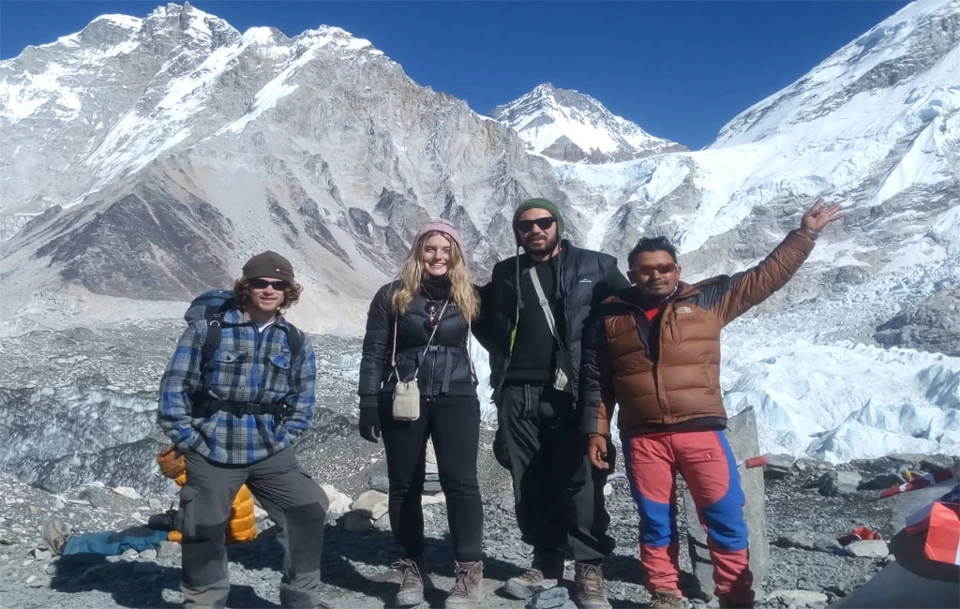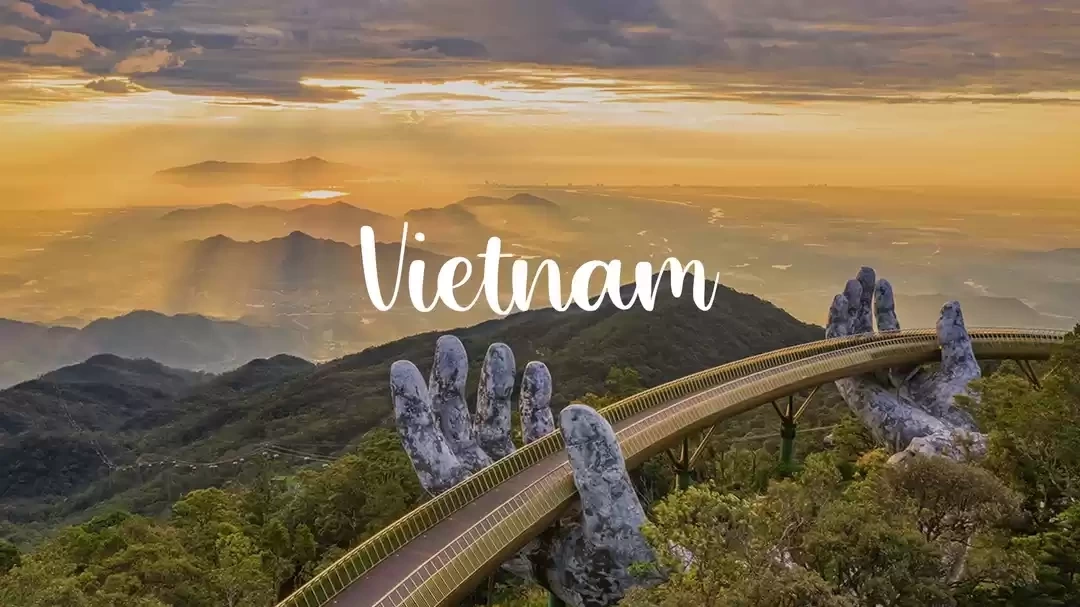
One of the most recognizable and popular treks in the world is the Everest Base Camp Trek. Nestled in the heart of the Himalayas, this trek offers breathtaking views, rich cultural experiences, and a sense of accomplishment like no other. Whether you're an avid trekker or a first-time adventurer, this guide will provide you with all the information you need to plan your trek to Everest Base Camp.
Introduction to the Everest Base Camp Trek
The Everest Base Camp Trek (often referred to as the EBC Trek) is a journey to the foot of the world’s highest peak, Mount Everest. Located in the Khumbu region of Nepal, this trek takes you through lush forests, picturesque villages, and high-altitude landscapes. The trek typically starts and ends in Lukla, a small town with a thrilling mountain airstrip.
The EBC Trek is not just about reaching the base camp; it’s about immersing yourself in the beauty of the Himalayas, experiencing Sherpa culture, and challenging yourself physically and mentally. With proper preparation and the right Everest Base Camp Trek package, this adventure is achievable for most people with a moderate level of fitness.
Why Choose the Everest Base Camp Trek?
• Breathtaking Scenery: From lush valleys to towering peaks, the Everest Base Camp Trek offers some of the most stunning landscapes on Earth. Highlights include views of Mount Everest, Lhotse, Nuptse, and Ama Dablam.
• Cultural Immersion: The trek takes you through traditional Sherpa villages, where you can experience local culture, visit ancient monasteries, and learn about Buddhism.
• Personal Achievement: Reaching Everest Base Camp is a milestone that many trekkers dream of. The sense of accomplishment is unparalleled.
• Adventure of a Lifetime: The EBC Trek is a perfect blend of adventure, nature, and culture, making it a bucket-list experience.
Best Time to Trek to Everest Base Camp
The pre-monsoon (March to May) and post-monsoon (September to November) seasons are the ideal times to go on the Everest Base Camp Trek. During these months, the weather is stable, the skies are clear, and the temperatures are moderate.
• Spring (March to May): This is the most popular time for the trek. The trails are adorned with blooming rhododendrons, and the weather is perfect for trekking.
• Autumn (September to November): Another ideal time, with clear skies and excellent visibility. The temperatures are cooler, but the views are unparalleled.
• Winter (December to February): While colder, winter offers quieter trails and stunning snow-covered landscapes. However, the high altitude can make conditions challenging.
• Monsoon (June to August): Not recommended due to heavy rainfall, slippery trails, and limited visibility.
Everest Base Camp Trek Itinerary
A typical Everest Base Camp Trek package includes a 12-14 day itinerary. Here’s a day-by-day breakdown:
Day 1: Fly to Lukla, then Trek to Phakding
• The journey begins with a scenic flight to Lukla. From there, you’ll trek to Phakding, a small village along the Dudh Koshi River.
Day 2: Trek to Namche Bazaar
• The trail takes you through pine forests and suspension bridges, culminating in the bustling Sherpa town of Namche Bazaar.
Day 3: Acclimatization in Namche Bazaar
• Spend a day acclimatizing and exploring Namche. Visit the local market, Sherpa Culture Museum, and enjoy panoramic views of Everest.
Day 4: Trek to Tengboche
• Beautiful views of Ama Dablam, Lhotse, and Everest can be seen from the trek. Visit the famous Tengboche Monastery.
Day 5: Trek to Dingboche
• Continue through Rhododendron forests and alpine meadows to Dingboche, a village surrounded by towering peaks.
Day 6: Acclimatization in Dingboche
• Another rest day to acclimatize. Hikes to Chhukung Valley or Nagarjun Hill are optional.
Day 7: Trek to Lobuche
• The trail becomes more rugged as you approach Lobuche, with views of the Khumbu Glacier.
Day 8: Trek to Gorak Shep, and Everest Base Camp
• The highlight of the trek! Reach Everest Base Camp and soak in the incredible views of the Khumbu Icefall.
Day 9: Hike to Kala Patthar and Trek down to Pheriche
• Trek to Kala Patthar early in the morning to see Everest at sunrise. Then, descend to Pheriche.
Day 10-12: Return to Lukla
• Retrace your steps through Namche Bazaar and Phakding, enjoying the landscapes one last time.
Day 13: Fly Back to Kathmandu
• Conclude your adventure with a flight back to Kathmandu.
Difficulty Level of the EBC Trek
The trek to Everest Base Camp is regarded as moderately difficult. While no technical climbing skills are required, the high altitude and long days of trekking can be demanding. Proper acclimatization, physical fitness, and mental preparation are key to a successful trek.
Packing List for the Everest Base Camp Trek
• For a trek to be both comfortable and safe, the proper equipment must be packed. Here’s a checklist:
• Clothing: Base layers, insulating layers, waterproof jacket, trekking pants, gloves, and a warm hat.
• Footwear: Sturdy trekking boots and comfortable socks.
• Accessories: Sunglasses, headlamp, trekking poles, and a reusable water bottle.
• Essentials: First aid kit, sunscreen, lip balm, and toiletries.
• Documents: Trekking permits, passport, and travel insurance.
Choosing the Right Everest Base Camp Trek Package
• When selecting an Everest Base Camp Trek package, consider the following:
• Guided vs. Independent Trek: A guided trek offers the support of an experienced guide and porters, while an independent trek provides more flexibility.
• Inclusions: Look for packages that include flights, permits, accommodation, meals, and guide services.
• Group Size: More individualized experiences are frequently offered by smaller groups.
• Reputation: Choose a reputable trekking agency with positive reviews and a proven track record.
Advice for an Effective Everest Base Camp Trek
• Train in Advance: Build your stamina with cardio exercises, hiking, and strength training.
• Acclimatize Properly: Take rest days and stay hydrated to avoid altitude sickness.
• Pack Light: Carry only the essentials to make your trek more comfortable.
• Respect Local Culture: Pay attention to regional traditions and customs.
• Remain Upbeat: The EBC Trek presents both a mental and physical challenge. Stay motivated and enjoy the journey.
Conclusion
The Everest Base Camp Trek is a life-changing adventure that offers unparalleled beauty, cultural richness, and a sense of achievement. With proper planning, the right Everest Base Camp Trek package, and a positive mindset, you can conquer this iconic trek and create memories that will last a lifetime. Whether you’re dreaming of standing at the foot of Mount Everest or exploring the vibrant Sherpa culture, the EBC Trek is an experience like no other.















